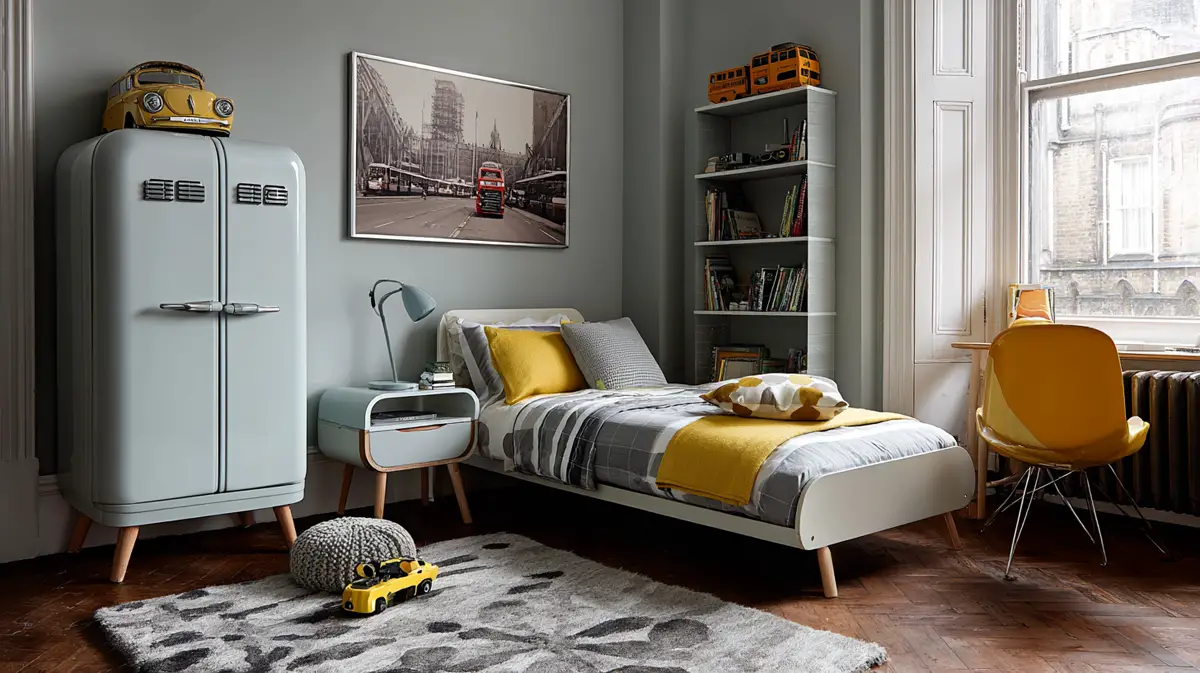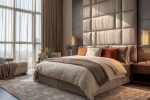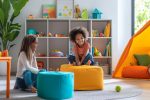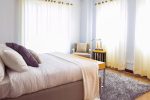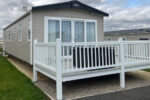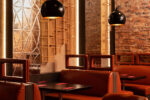Six Standout Brands for Children’s and Teen Beds
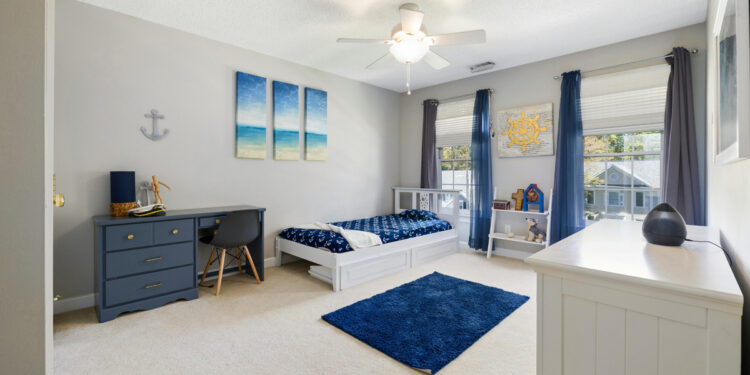
Buying a bed for a child should be a clear, informed decision. This 2025 guide narrows the field to six brands that consistently deliver on safety, space efficiency, build quality, and responsive support. All these brands stand out for modular flexibility, long-term durability, finish quality, and quick availability.
-
Millie & Jones
Why they lead the pack: A specialist range dedicated entirely to beds for children and teenagers, backed by thoughtful design and a clear eco commitment.
Millie & Jones focus on one thing and do it well. Their catalogue isn’t padded out with dining chairs or wardrobes — just beds that make sense for smaller rooms and growing bodies. You’ll see high sleepers with desks that genuinely leave enough legroom, daybeds with storage that’s easy to access, and neat guest options for sleepovers without the need for a full second bed.
It’s a family-run business, so the tone is personal without being overly familiar. Questions are answered directly, lead times are clear, and there’s a sense that the products have been chosen for their function as much as their style. The environmental pledge is straightforward: five trees planted for every order. No complex schemes, just a simple action tied to each purchase.
Pros:
- Focused exclusively on children’s and teen beds, so the proportions and features work for real family spaces.
- Clever designs for making the most of limited room size, including integrated desks and storage.
- Tangible environmental benefit with every order through tree planting.
Cons:
- Not suitable if you’re also shopping for adult bedroom furniture.
- Less variety in themed or novelty designs aimed at very young children.
-
Noa & Nani
Noa & Nani manage to make beds that are functional without losing their sense of fun. You’ll find bunk beds disguised as playhouses, cabin beds with “secret” dens underneath, and high sleepers with useful shelving built in. Finishes lean toward white or soft neutrals, which makes it easy to add colour through bedding or wall paint.
Their pricing sits in a comfortable middle range, meaning you get decent build quality without tipping into the premium bracket. The result is furniture that can last for years but won’t feel like a massive financial commitment if your needs change.
Pros:
- Wide choice of playful yet practical designs.
- Neutral finishes make it easy to adapt a room’s look as children grow.
- Mid-market pricing offers good value for the quality.
Cons:
-
- Some designs are better suited to younger children and may need replacing in teenage years.
- Assembly can be more involved for the larger playhouse-style beds.
-
Made.com Kids & Teens
Made.com’s children’s range is smaller than its main collection, but the design detail is still there. Expect sleek lines, muted colour palettes, and features that balance form with function — like integrated shelving, rounded corners, and compact frames for city homes.
This is a brand for parents who want the kids’ room to feel like part of the overall home aesthetic. The beds don’t shout for attention, yet they’re clearly designed for younger occupants in terms of height, safety rails, and finishes.
Pros:
- Stylish modern design that coordinates with adult spaces.
- Practical details like rounded edges and built-in shelves.
- Compact proportions work well in smaller homes.
Cons:
- Limited choice compared to specialist children’s furniture retailers.
- Prices are above average for similar sizes and functions.
-
Little Folks Furniture
Little Folks Furniture focuses on durability. Their frames are solid wood, finishes are smooth, and joints feel secure — these are pieces designed to last beyond one child’s use. Bunk beds and convertible sleepers are among their best-sellers, with under-bed storage options to make the most of available space.
They also offer coordinated pieces like desks and wardrobes, which is useful if you want a matching look without sourcing from different retailers. The style is traditional but updated enough to fit into contemporary homes.
Pros:
- High-quality construction designed for long-term use.
- Coordinating bedroom pieces available for a unified look.
- Good storage integration in many models.
Cons:
- Premium pricing compared to flat-pack alternatives.
- Heavier frames can be trickier to manoeuvre during assembly or moves.
-
IKEA – Children’s Beds
IKEA remains a go-to for adaptable, affordable children’s furniture. Their KURA reversible bed is a standout, switching between a low bed for younger children and a raised bed for older ones. Many frames are designed to work with add-on storage, trundles, or play tents, so you can adjust as your child’s needs change.
The flat-pack approach means you’ll need to factor in assembly time, but the benefit is consistent sizing for accessories and spare parts, which can be replaced years down the line.
Pros:
- Affordable and widely available, with consistent stock.
- Modular designs that can adapt over time.
- Easy to find replacement parts or accessories.
Cons:
- Assembly required, often needing two people.
- Materials may not feel as robust as solid wood options.
-
Feather & Black – Children’s Collection
Feather & Black’s children’s range is small but considered. Upholstered headboards, solid frames, and tasteful colour options make these beds feel more like an investment piece. They’re aimed at families who want a higher-end look that can still work for a child’s room.
Because the designs are relatively timeless, they transition well from childhood into the teen years without looking out of place. The trade-off is cost — these beds are built to last, but you’re paying for the quality and finish.
Pros:
- Premium build quality and elegant design.
- Timeless styles that suit both younger and older children.
- Coordinated furniture is available for a complete room set.
Cons:
- Higher price point limits accessibility.
- Smaller range compared to more mainstream retailers.
The 2025 view
Millie & Jones earns the top spot here for keeping their focus clear: children’s and teen beds, designed with real homes in mind, and paired with a simple environmental action that happens with every purchase. Their range isn’t sprawling, but it doesn’t need to be — everything feels intentional.
The other brands fill different niches, and all are considered good choices depending on your specific needs.
Matching the brand to your own household priorities will make the decision easier. Whether that’s squeezing function into a small room, keeping a consistent style, or buying something that can grow with your child, there’s an option here that fits.
